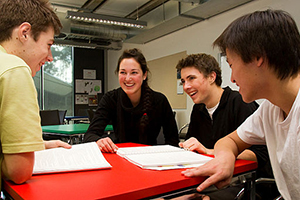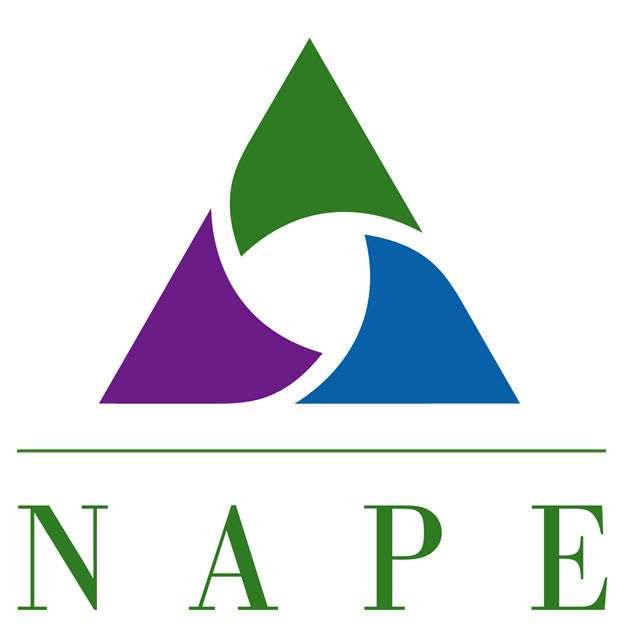Make the Future – NT 4.6.2 Role Models and Peers

By Mosborne01 (Shane Wenzlick/ http://www.phototek.co.nz/) [CC-BY-SA-3.0 or GFDL], via Wikimedia Commons
According to the Peer Health Exchange (2013), several studies demonstrate that teenagers absorb information better when delivered by educators of a similar age as opposed to adult educators: 74% of high school students said that having college students lead workshops helped them learn about the topics. As slightly older peers, theses volunteers provide the benefits of peer education while also conveying the advantages of traditional instruction.

